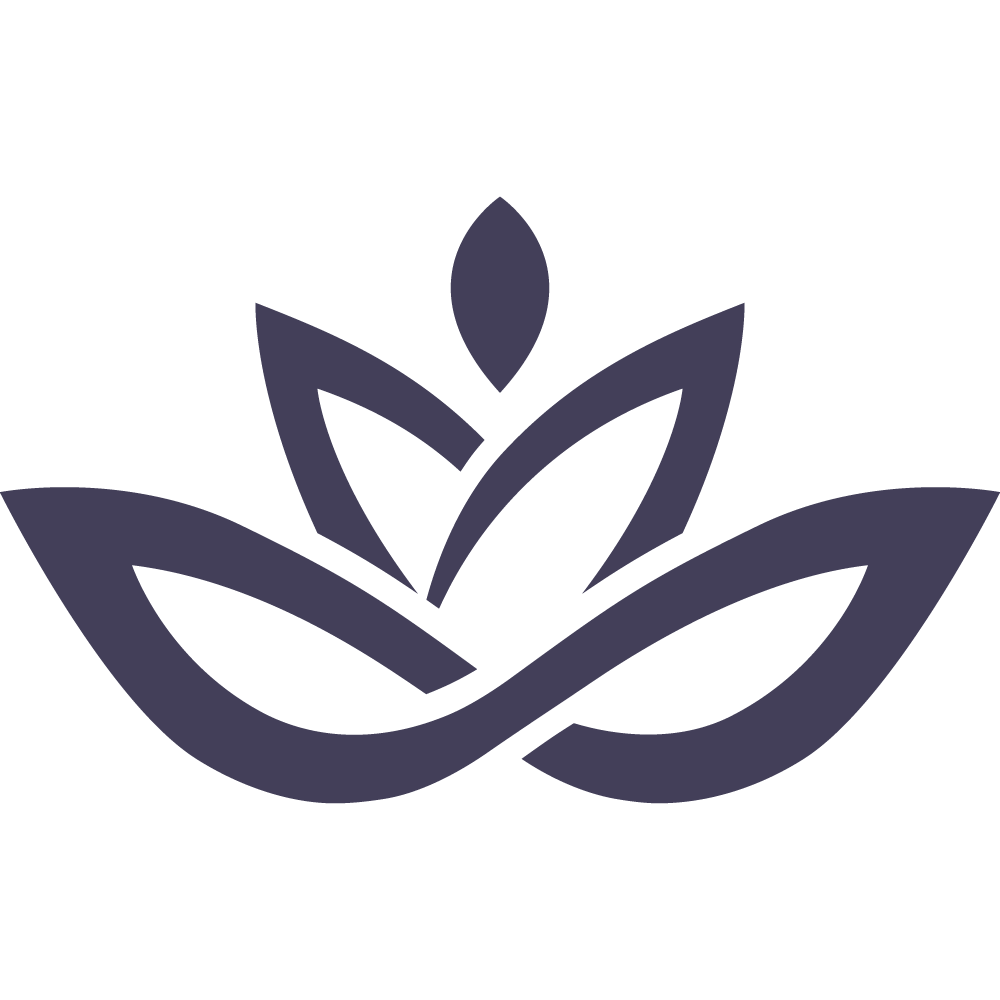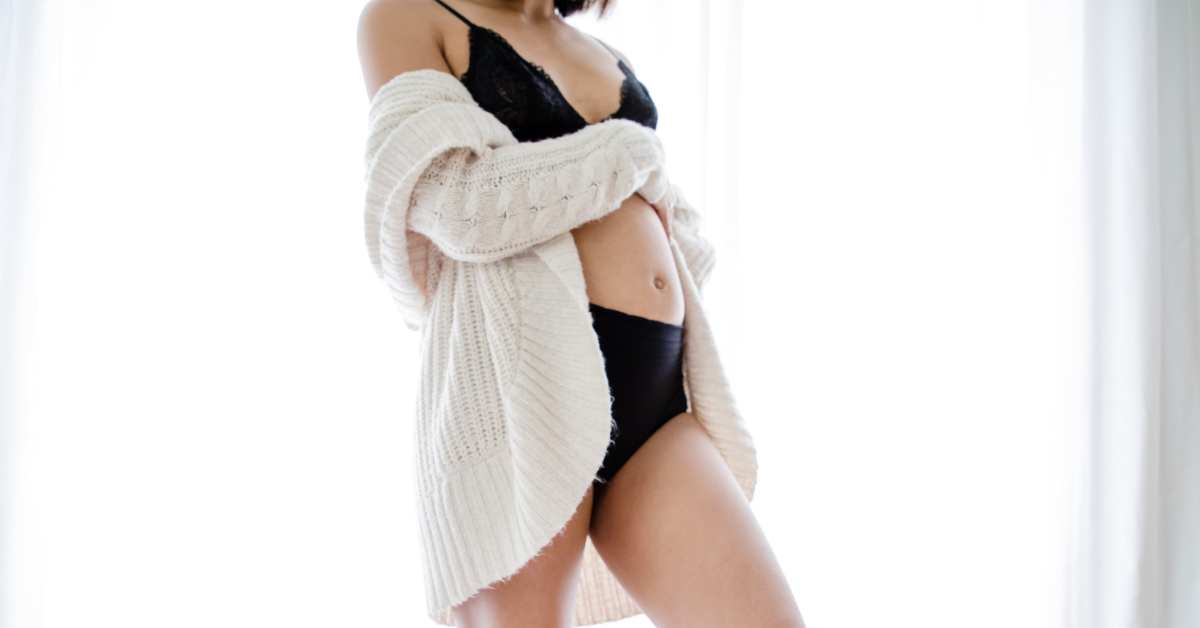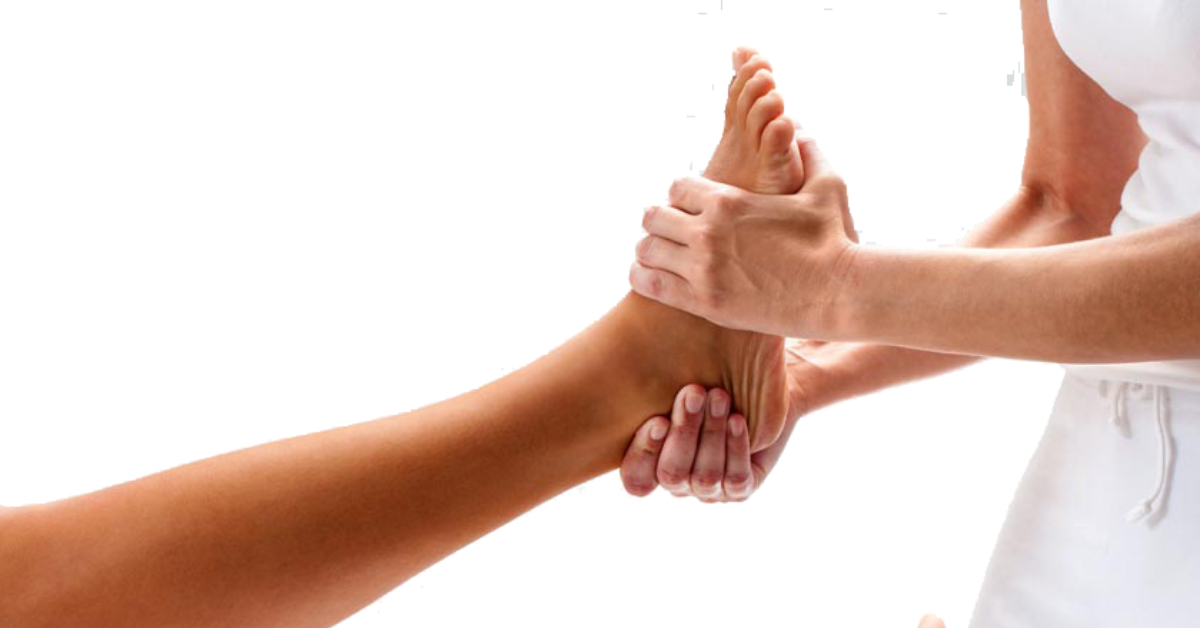Reflexology is gradually gaining prominence across the world as a complementary natural therapy. In reflexology, specific adjusted pressure and techniques of stimuli are applied by the reflexologist to the recipient’s reflex points. These points are located on the hands, feet, ears, and face. The application of pressure on these reflex areas positively impacts the internal organs and body systems of the recipient.
Energy is sent flowing throughout the body with the applied pressure, which brings balance and deep relaxation in the individual. It also allows the body to heal in a natural way. The origins of reflexology date back to ancient times and it has a rich history. This complementary therapy has evolved considerably over the years.
It has a wide range of methods and approaches in recent times. The West, as well as the East, have their own different styles of reflexology that are equally effective. Here we’ve listed the different methods employed in this discipline:
The Rwo Shur method
This method of reflexology is practised in many parts of Asia, such as China, Taiwan, and Singapore. It is a combination of techniques that involve applying pressure and thumb-sliding. Sometimes, small wooden sticks and knuckles are also used.
The therapist uses cream while applying a very firm pressure, which allows a fast and effective flowing motion. The sessions in the Rwo Shur method of reflexology usually last about 30 minutes. More than relaxation, the focus is largely on stimulation. This method was developed by Father Joseph Eugster in Taiwan.
The Swiss missionary saw the immense potential in this method after experiencing its benefits himself. He also believed that this simple therapy could help millions of needy people. With this belief, he began to treat and train many others in the Rwo Shur method.
The Ingham method
The Ingham method is the basis for most of the reflexology methods practised worldwide today. This method was pioneered and developed by Eunice Ingham in the early 1930s in America. She is considered the ‘mother of reflexology’ by most reflexologists.
This method involves applying pressure with the thumb, also referred to as ‘thumb walking. The thumb or finger is bent and straightened. This is done while constant pressure is being applied across the area of the foot. In this method, the reflexologist uses talc instead of a cream. Sessions of the Ingham method generally lasts about an hour.
However, this would depend entirely on the health of the client. The focus is on relaxing and balancing the systems of one’s body. A client’s tolerance level of pain is also taken into consideration by the therapist.
New approaches
In recent times, western therapists have been exploring several other ways of reflexology. Acupressure points and concepts relating to energy therapies are being increasingly used within reflexology sessions. The basis of many of these new approaches is the ancient Chinese philosophies.
Using principles like the ‘Five Phases Theory’ and ‘Yin/Yang’, the concept of holism is being taken a step further. Special oils and magnets are also applied to the reflex points. Many of the reflexologists use gentle holds as well. This is done to balance and encourage the flow of energy.


